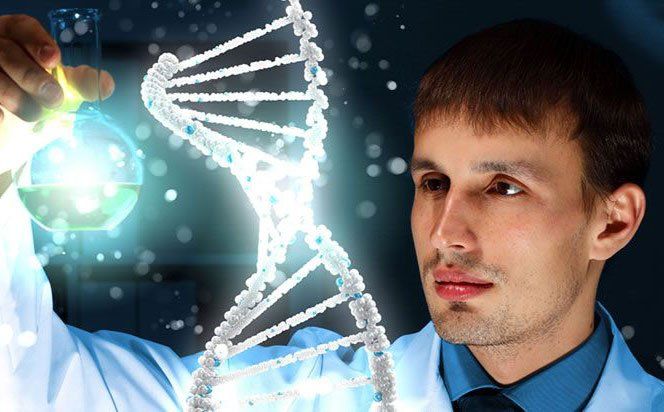MY ACCOUNT
CAR-LBD
Constitutive Androstane Receptor Ligand Binding Domain (101-348)
- Species: Human
- Expression Host: E.coli
- Tag: His-tag
- Purity: 90%
- Molecular Weight: 30.1 kDa
- Gene Accession Number: NM_005122
Purification and Quality Control
The His-tag recombinant protein is purified by affinity chromatography in combination with FPLC columns.
The purified CAR_LBD is greater than 95% homogeneous based on SDS-PAGE analysis.
Unit Definition (Activity)
1 unit equals 1 nanogram of purified protein. 1 unit is sufficient for a gel mobility shift assay in a 20 µl reaction; 20 units are sufficient for in vitro transcription assay and 100 units are sufficient for protein-protein interaction assays.
Applications
CAR-LBD can be applied in in vitro transcription assays, DNA-protein and protein-protein interaction assays. For Research Use Only.
Formulation and Storage
The protein is in 20mM Tris-HCl pH7.9,100mM NaCl, 0.2mM EDTA, 1mM DTT and 20% glycerol. Stored at -70°C before use. Avoid repeated freeze thaw cycles.
Synonym
CAR; CAR1; MB67; MGC150433; MGC97144; MGC97209 and NR1I3.
Protein Sequence
QTPVQLSKEQ EELIRTLLGA HTRHMGTMFE QFVQFRPPAH LFIHHQPLPT LAPVLPLVTH
FADINTFMVL QVIKFTKDLP VFRSLPIEDQ ISLLKGAAVE ICHIVLNTTF CLQTQNFLCG
PLRYTIEDGA RVGFQVEFLE LLFHFHGTLR KLQLQEPEYV LLAAMALFSP DRPGVTQRDE
IDQLQEEMAL TLQSYIKGQQ RRPRDRFLYA KLLGLLAELR SINEAYGYQI QHIQGLSAMM
PLLQEICS
Background
The constitutive androstane receptor (CAR) was identified as a member of the orphan nuclear hormone receptor family in 1994 (1). Although constitutively active, it can be further activated by `phenobarbitol-like` compounds, the most potent being the synthetic compound TCPOBOP (2). Upon activation, CAR regulates the xenobiotic drug metabolizing enzymes, cytochrome P450s (2). There are several overlapping functions between the nuclear receptors PXR and CAR (3). Recently, CAR, as well as PXR, have been shown to place a role in bile acid clearance and cholestatic liver injury (4,5,6).
Image of SDS-PAGE /Western-blot

References
1. Baes, M., et al. (1994) Mol. Cell Biol. 14: 1544-522. Wei, P., et al. (2000) Nature, 407; 920-23
3. Wei, P., et al. (2002) Pharmacogenomics J. 2: 117-26
4. Huang, W., et al. (2003) PNAS USA 100: 4156-61
5. Saini, S.P., et al. (2004) Mol. Pharmacol. 65: 292-300
6. Stedman, C.A., et al. (2005) PNAS USA 102: 2063-2068
DISCLAIMER
This products is recommended For RESEARCH USE ONLY and is Not qualified for Use in Diagnostic or Therapeutic Procedures.




